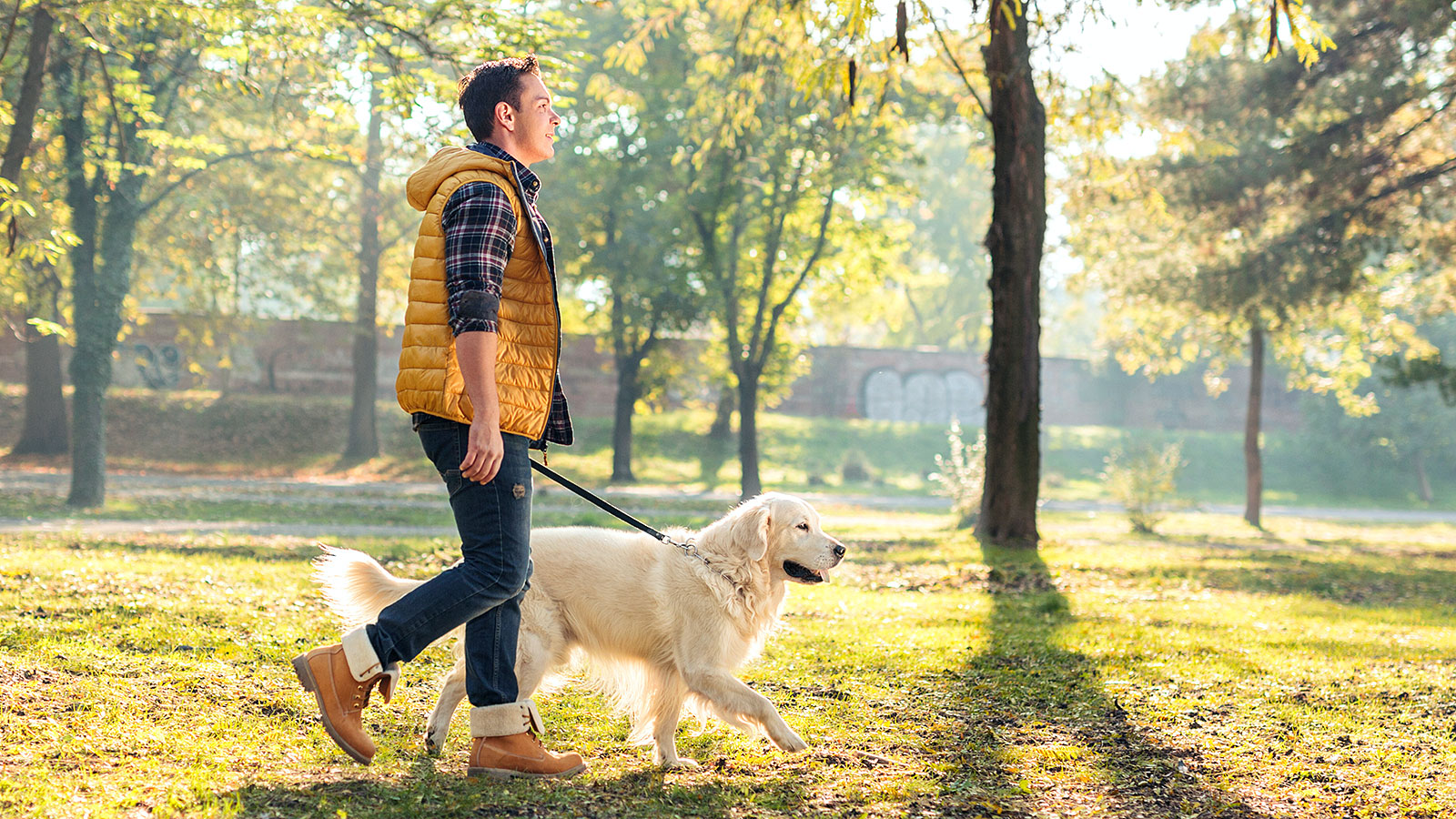
Understanding the Temperament of Your Dog’s Breed
What if your furry friend’s personality was more than just luck? It’s a mix of its breed’s history. Think of a Labrador Retriever, always friendly and lively, fitting well with an active life. Or maybe a Pug, known for its love and happiness, mirrors your own spirit. The wide range in dog temperaments shows how much they reflect us as owners. But how well do we grasp the essence of dog temperament?
Scientists have explored dog traits, looking at over 40,000 surveys from dog owners. They found interesting links between owners and their dogs. For example, German Shepherd owners love sports, are outgoing, and value family. Beagle owners are curious and love the outdoors. These traits come from long histories of breeding for specific jobs.
Every dog, from the bold Siberian Husky to the faithful French Bulldog, has a set of traits from its breed. Dog Haven shares insights on how to care for these traits. But what about dogs with mixed or unknown breeds? How can owners understand their pets’ temperaments?
For mixed or unknown breeds, watching how they act is crucial. Observe how they react to new people or animals, and in different places like parks or vet clinics. This mix of nature and nurture shapes a dog’s personality. Yet, breed is just one part of a dog’s character. Training, socializing, and personal experiences also play big roles, showing the importance of a caring environment.
As caretakers, understanding our dogs’ deep instincts is key. Knowing a Corgi needs attention or a Collie focuses intensely helps us care for them better. With Dog Haven’s help, learn how genetics and personality make your dog special. Discover how to guide and love them to flourish in your life.
Dog Breed Temperament: The Foundation of Your Pet’s Personality
Dogs’ personalities and behaviors come from their genes and history. Each breed has a unique set of traits shaped by its past roles. For example, border collies are naturally curious and obedient, thanks to their herding background.
Retrievers love to fetch because of their hunting heritage. Great Pyrenees dogs are resilient, a trait from guarding livestock. These behaviors are part of their DNA, helping owners know what to expect.

Beagles, bred for chasing, can be more independent. Looking at their history helps predict their behavior. Studies show breed is key to understanding a dog’s nature.
Genome sequencing reveals the depth of breed-specific traits. This knowledge helps improve dog training and care. It makes the bond between dogs and owners stronger.
Assessing the Individual Temperament of Mixed Breed Dogs
Figuring out the temperament of mixed-breed dogs can be tricky because of their mixed genes. About 53% of dogs in the U.S. and half in Australia are mixed breeds. This mix of genes means their dog breed behaviors can vary a lot.
Studies show mixed breeds can have a wide range of behaviors. They might be more likely to disobey or get excited easily than purebreds. How they act can depend on their environment and training. It’s key for dog owners and adopters to know what mixed-breed dogs need and their personalities.
Research points out that mixed breeds might act out more, like being aggressive to others or scared of loud noises. These traits show why socializing and training them well is important. It helps them fit into different situations better.
Looking at mixed breeds requires a flexible approach. Watching how they act in different situations is key. Methods used by shelters and rescue groups help understand their nature. Since mixed breeds are common in many dog databases and among strays, understanding their behaviors is crucial.
No behavior is unique to one breed, making it hard to predict in mixed breeds. This means each dog needs a unique approach to training and care. Treating each dog as an individual can lead to better training and a kinder approach to mixed-breed dogs.
Temperamental Traits Across Dog Breed Families
Understanding dog temperament is key to knowing the genetic traits in dog behaviors. It’s interesting to see how some traits are common across dog breeds. For example, breeds like the Akita and Rottweiler are naturally confident and dominant. These traits help them guard and protect.

Within similar groups, there are also differences. The German Shepherd, a herding breed, is protective and dominant. This matches their old job of guarding animals. On the other hand, the Dalmatian, a breed meant for companionship, can be aggressive or independent. This shows their varied history and genes.
Some breeds, like Retrievers and Spaniels, are energetic and happy but can be possessive or destructive. This is because they need lots of activity and mental challenges. It’s important to know how to meet their needs to prevent these behaviors.
Looking at dog breed behaviors, we see how their past affects their present. Beagles, for example, love to follow scents and may wander off. Owners need to train them well to keep them safe. Knowing about a dog’s temperament helps breeders and owners train them right.
There’s a big range in dog temperaments, so owners should think carefully before getting a dog. It’s important to match a dog’s temperament with your lifestyle and home. This helps create a happy life for both the dog and its owners.
Recognizing Breed-Specific Personality Traits in Dogs
Breed-specific dog behavior and dog personality traits help us understand a dog’s potential and how they might act. They also guide owners in caring for and training their pets. It’s important to know that breed affects behavior but doesn’t define it completely.
Studies show that traits like a retriever’s friendliness or a terrier’s boldness come from many generations. Yet, a study with over 18,000 dogs found that breed only explains about 9% of the differences in behavior.
Observations and expert advice tell us that a dog’s early life, the personality of their caregivers, and even their diet shape their behavior. A good diet, enough exercise, and positive training can make a dog happier than their genes suggest.

Interestingly, even within the same breed, dogs can be very different. For example, while Labradors are often friendly, some might be scared of loud sounds or love to fetch a lot. This shows how much dogs can vary, even within their breed.
For those thinking of getting a dog, knowing about breed-specific personality traits is key. But it’s also important to understand how the environment affects them. This mix of nature and nurture helps in raising happy dogs.
Also, laws and public opinions can unfairly affect some dogs, like pit bulls. They are often judged based on behaviors not unique to them. So, spreading the word and teaching others is vital to clear up wrong ideas and support all dog breeds.
Dogs are individuals, and their unique personalities emerge from a combination of their genetic makeup and life experiences.
In the end, while breed-specific dog behavior gives us a guide, every dog is special. They have their own traits that need love, understanding, and care tailored just for them.
Nurture Over Nature: The Significance of Socialization and Training
Dogs get half their traits from each parent, like size and behavior tendencies. But, their environment and upbringing play a big role in their temperament. A balanced diet and care are key parts of their development. Early socialization and ongoing training can shape their breed traits, showing how they can change.
Studies show genes affect a dog’s behavior, like serotonin levels and aggression. Yet, the first few months of life shape their adult behavior. Owners’ interactions and training methods greatly impact a dog’s confidence or anxiety levels. This shows that a dog’s breed doesn’t fully define their behavior.
Dog breeds give clues about their behavior needs. The American Kennel Club’s breed descriptions help predict their traits. But, it’s up to us to guide them well. Training that fits a dog’s nature can make them happy and friendly family pets. This proves that how we care for them is just as important as their breed.





